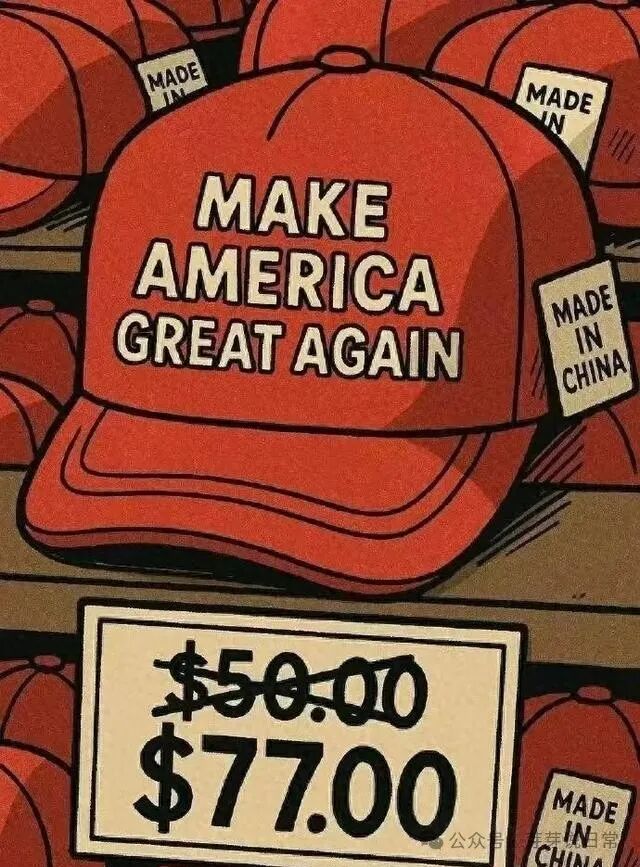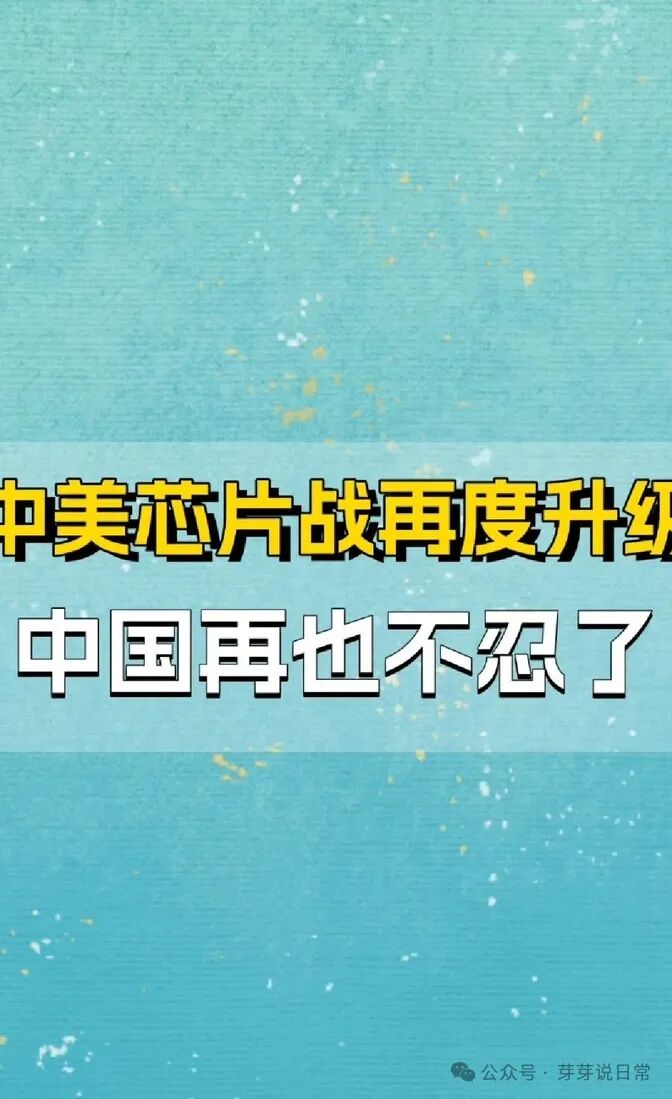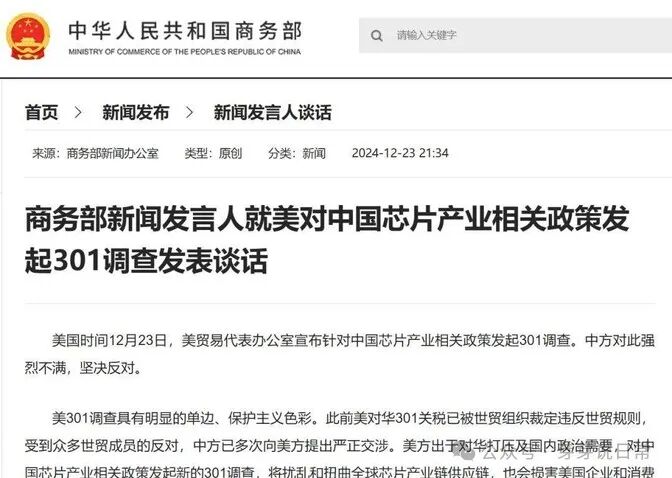Your smartphone has suddenly become a battleground for international political games. Just last Friday, the China Semiconductor Industry Association issued an “Emergency Notice on the Origin Certification Rules for Semiconductor Products,” directly overturning the global chip industry’s playing field. How severe is this? The U.S. has just slapped a 145% tariff on chips made in China, and we have just broken the key in half—want chips for the Chinese market? You must trace their origins according to our rules.
At TSMC’s factories, things are likely boiling over. According to the new rules, regardless of whether the chip contains NVIDIA’s brain or Qualcomm’s nerves, as long as the final step is “tape-out” at our wafer fabs in Taiwan, this chip is considered a local product. Chips that were originally going to be smashed by the tariff hammer are now transformed into “local goods” right at our doorstep, with tariffs plummeting from 145% to 10%. This move is as clever as if your local dumpling shop suddenly announced: dumplings made with American flour are not considered imports as long as the steamer is set up at the alley entrance.

Just look at how anxious the folks at NVIDIA are. Their latest RTX 5090 graphics card chip, which originally had to bear the label of “American lineage” to enter China, can now shed that layer and don a Taiwanese disguise. On the customs declaration at Shanghai Customs, the “origin” field has been swiftly changed to “Taiwan, China,” and the price of the graphics card is immediately halved. The assembly guys in Zhongguancun are thrilled, exclaiming: “The American tariff cannon has hit a cotton pile!”
But this show has just begun. The supply chain director at Apple is probably smashing calculators right now—if their planned M3 chip is produced at Intel’s factory in the U.S. according to the old rules, it will face a 145% tariff to enter China. But if they turn to TSMC for tape-out, the tariff will be wiped out. Cook is likely to be calling TSMC overnight: “Brother, save me a slot on that 3nm production line!” Even more extreme is Samsung, where Korean engineers at the Xi’an factory have already started overtime to expand production, as chips tape-out in mainland China enjoy “zero tariff VIP treatment.”

This “tape-out” rule is a strategic move, hiding the seven-injury fist of our semiconductor industry. On the surface, it appears to be a tariff battle, but underneath, it aims to pull the global chip industry chain into our own yard. European car manufacturers want autonomous driving chips? They either find TSMC for contract manufacturing or partner with SMIC. Japanese Sony’s game console chips? The factory originally planned for Texas is now directly sending blueprints to Shanghai Lingang. This move is like erecting a new signpost in the chip world—if you want to mix in China, you must first move your production line under our noses.
However, don’t think this is all smooth sailing. The 3nm process that TSMC masters is still a unique skill in the industry. Although SMIC has made a decent job of the 14nm “home cooking,” it still lacks the ability to serve up a 5nm “banquet.” It’s like our kitchen can stir-fry Kung Pao chicken, but for molecular cuisine, we still need to borrow utensils from others. If the U.S. gets desperate and forces TSMC to cut off supplies to the mainland, our high-end smartphones will still face shortages.

Looking back at history, this kind of “origin rule” is not new. During the photovoltaic industry war in 2013, the EU played the trick of “anti-circumvention investigation,” claiming that Chinese components were considered “washed origin” if they just made a detour in Southeast Asia. Now we are using their own tactics against them, turning the “technological hegemony” of the chip industry into “manufacturing hegemony.” TSMC’s revenue in mainland China accounted for 12% of its total last year, and this figure is set to skyrocket.
The most exciting part of this game is yet to come. The officials at the U.S. Department of Commerce are surely pondering new tricks—either forcing TSMC to take sides or laying more traps on technical formulas. But the global semiconductor industry chain is already intertwined like a spider web; if it really comes to a face-off, it will likely result in mutual destruction. Meanwhile, engineers at SMIC are gearing up, with the 28nm production line running at full capacity, and the wafer fab in Shanghai Lingang is brightly lit, with the air filled with the aroma of silicon wafers.

Ultimately, this “tape-out” rule is like planting a red flag on the chip battlefield. It is neither the end nor the beginning, but it has given the Chinese semiconductor industry a breather. Just like twenty years ago when we exchanged market access for technology in the automotive industry, it is now the chip industry’s turn to stage a counterattack. At Hongqiao Airport’s cargo apron, cargo planes carrying wafers from Taiwan are arriving one after another, and the customs X-ray machines scan chips worth over a hundred million dollars every day—these gleaming silicon wafers are redrawing the latitude and longitude of the global technology map.